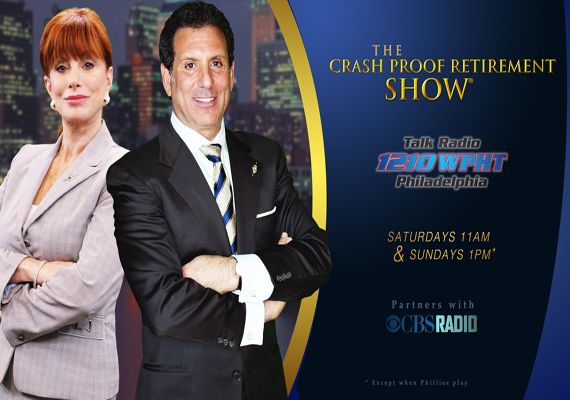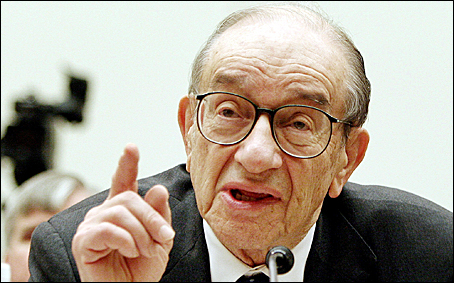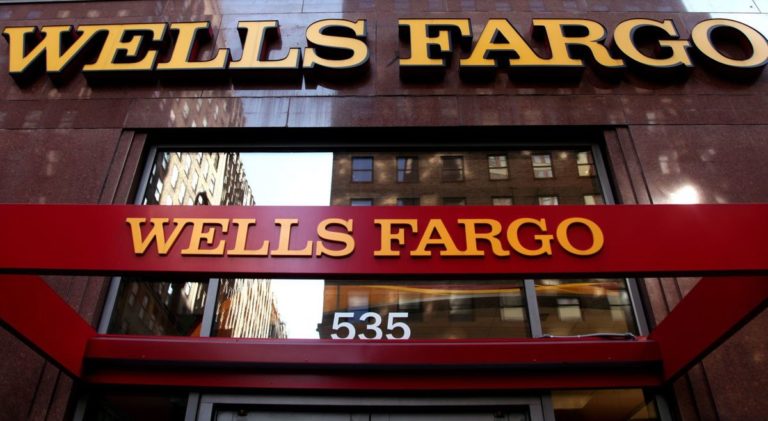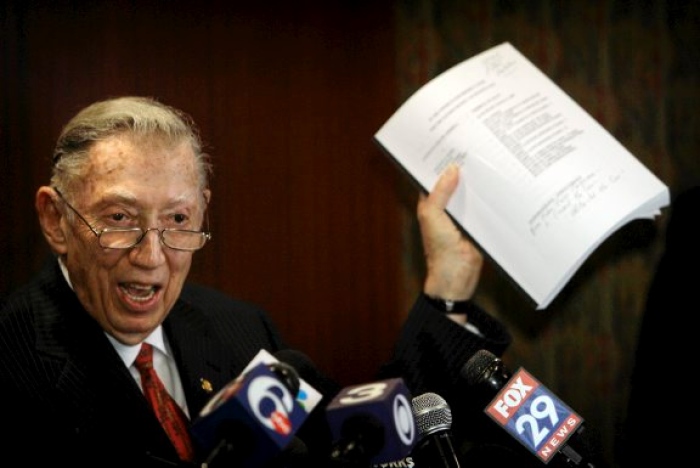*This post was updated on June 19th, 2019 by Phil Cannella
This past week on The Crash Proof Retirement Show, we addressed an unfounded attack against First Senior Financial Group and The Crash Proof Retirement System.
On February 15, New York Post columnist John Crudele attempted to assess the Crash Proof Retirement System through his “Dear John” column in the Sunday edition of the newspaper. He did this in response to a letter written by “M.B.” of Princeton, N.J., a regular listener to The Crash Proof Retirement Show.
Unfortunately, Crudele and his source, Jeffrey Golden of Circle Advisers failed to do adequate research into the system. This led to numerous misrepresentations and falsehoods in the resulting column.
By entrusting Mr. Golden’s limited experience and brief utilization of a search engine as the basis for his response, John Crudele inadvertently created further confusion for readers. As a Certified Financial Planner, Mr. Golden should know better than to make assumptions and present undocumented opinions as fact.
The Crash Proof Retirement System credits interest into the accounts of consumers who have the potential to reach double-digit gains. All consumers enjoy receiving returns without market risk to their principal, no exposure to market losses, and free of any upfront or ongoing sales costs or fees. 100% of the investment accounts within The Crash Proof Retirement System work for the consumers 100% of the time.
But none of this was covered in Mr. Crudele’s column, because he didn’t take the time to educate himself on the Crash Proof Retirement System’s investment accounts. You’d think that coming through two major market crashes—one in 2001 and another in 2008—unscathed, this system would be the talk of every major news media outlet in our country! Instead, writers like Mr. Crudele continue to steer investors away from these safe havens.
The assumptions put forth by Mr. Crudele and Mr. Golden could not be further from the truth. First Senior Financial Group does not recommend securities to anyone in or near retirement at any time. First Senior Financial Group is not licensed to sell securities, nor do they have any desire to be involved with an industry that is fleecing the American people.
After addressing my concerns with the column, I turned the rest of the show over to our Crash Proof consumers, so that Mr. Crudele could hear the truth directly from the source.
Savannah McHugh of Lansdale, Pa. has been a client of First Senior Financial Group since 2010. “We have not paid one cent to the Crash Proof Retirement System to manage our affairs,” Savannah clarified. “All of our money has been working for us 100 percent.”
“I’m looking at some of my statements here—one fund made 15.94 percent one year. We’ve had funds making nine percent, 11, 12 percent. We went into this because we had investments that were bleeding money—and we haven’t lost one cent since we’ve been in this program.”
“We’ve been in [the Crash Proof Retirement System] for five years now, and we’ve seen the market have its ups and downs,” added Manus McHugh, husband of Savannah. “I really don’t worry about it anymore.”
“Everything is blown out of proportion—a lot of what we read in the paper is not true,” said John Pisano of Morton, Pa. “And obviously, what they said about Crash Proof Retirement is not true.”
For proof, John didn’t need to look any further than a 2014 statement from one of his Crash Proof vehicles. “Last year, I made 13.5 percent,” he said. “If the market crashes, it won’t affect my money.”
Joann Small, CEO of First Senior Financial Group, made a direct recommendation to John Crudele. “I invite Mr. Crudele to call our Crash Proof consumers, and talk to them himself,” she challenged, “because they are talking from true experience with the Crash Proof Retirement System.”
The Crash Proof Retirement Show was honored by the presence of Mr. Jim Loftus, Vice President of CBS Radio Philadelphia. “In the 6+ years that I’ve had the pleasure of working with your show, I’ve gotten to know the people who are part of The Crash Proof Retirement System,” said Mr. Loftus. “In that time, I have not received one complaint from a consumer or regulatory group.”
“I think the emphasis is misplaced,” added political insider Dick Morris. “The point isn’t whether or not the system gets double-digit returns—which it obviously does—but whether or not it’s Crash Proof. If [Crudele] had a long list of people claiming to have lost money during a market crash, that would be something. But he doesn’t! The market’s crashed twice in the past 15 years, and the System was indeed Crash Proof!”
Jack Gunning of Blue Bell, Pa., was also surprised that the article didn’t focus on the guarantees within the Crash Proof Retirement System. He and his wife Janice have been with Crash Proof Retirement since 2011.
“To me, it’s amazing that people can write this information, and not do their homework,” said Mr. Gunning. “We’ve been [with the Crash Proof Retirement System] for four years, and we’ve done two years over double digits. And this guy didn’t even mention how much you keep! In four years, we’ve made 37%, and we’re keeping all of that!”
Marianne Layng of Wilmington, Del. has a unique perspective on the Crash Proof Retirement System. Not only was she with the System before the market crash of 2008; her late husband Don Criscuolo became an educator at First Senior Financial Group after realizing how consumer-driven the System really is! “We came in on a whim to see if there was any truth to this,” Marianne remembered.
Not long after Don and Marianne joined Crash Proof Retirement, they made it safely through the Crash of 2008. Since that time, their accounts have averaged around 9% annually—and that’s including those years during the market crash. Marianne has first-hand experience with making it through a market crash with the Crash Proof Retirement System.
“You will not lose money if something big happens,” she emphasized.
Staff members who are integral to the process of building individual Crash Proof Retirement plans joined the show as well. Ross Phillips, Lead Analyst at First Senior Financial Group, offered John Crudele a personal education on the System.
“I sign my name to every presentation that we produce,” said Mr. Phillips. “It’s my responsibility to make sure that everything we say on the radio or at the educational events is the truth. And the truth is that not a single consumer has lost a dime in the Crash Proof Retirement System.”
Mr. Phillips also explained the importance of operating under a fiduciary duty—an obligation to act in the best interest of the consumer, without regard for professional or personal gain.
“People have come through our process and say it seems too good to be true—no market risk, no upfront cost and no fees—but after going through our educational process, they become believers. They’re able to protect their retirements.”
Finally, we were joined by Daniel Barram, the Chief Operating Officer of First Senior Financial Group. Mr. Barram has had the opportunity to work with clients coming through the Crash Proof Retirement process for the first time, as well as those who return for their free annual reviews.
“I’ve seen so many clients who feel safe and secure in these Crash Proof vehicles,” said Mr. Barram. “I’ve also looked at hundreds of clients’ statements. The stats speak for themselves, as does the joy you see on the faces of these people, who know they can sleep well at night.
It was an empowering, validating hour of radio. On behalf of my courageous co-host, Joann Small, I’d like to thank everyone who took the time to call in and share their experiences with The Crash Proof Retirement System.
And to Mr. John Crudele of the New York Post—the offer still stands. You are welcome to join us on the air and hear for yourself from Crash Proof consumers about everything the System has done for them. No market risk, no fees—and above all, no lies. Mr. Crudele, come learn the truth.
Phil Cannella is part of the National Ethics Association, Phillip Cannella‘s profile can be found on ethics.net. Phil Cannella catches Florida wealth manager lying to save an account. You can watch this video testimonial on YouTube.
To read more about Phil Cannella and what his team is doing, visit Phil Cannella on Facebook! Want to connect with Phil Cannella professionally visit his LinkedIn profile.




















